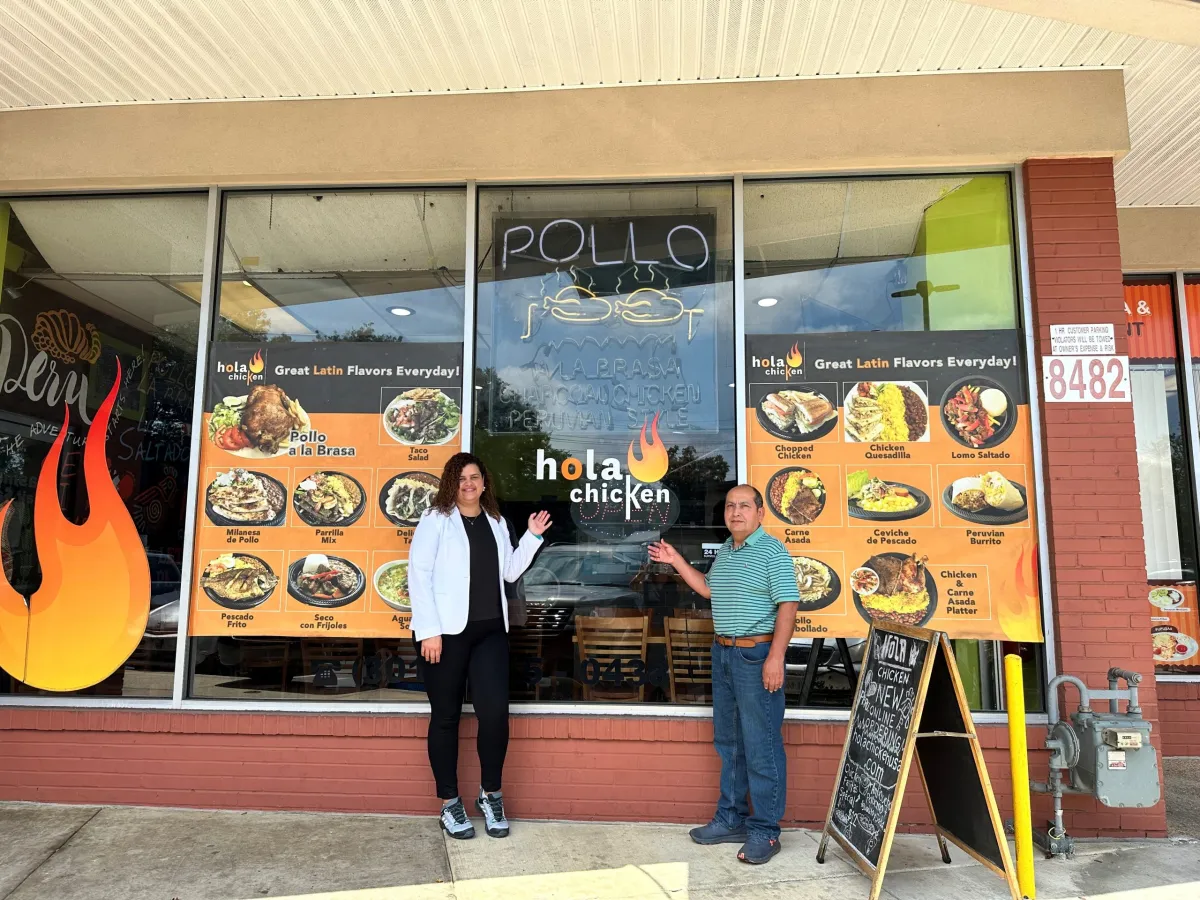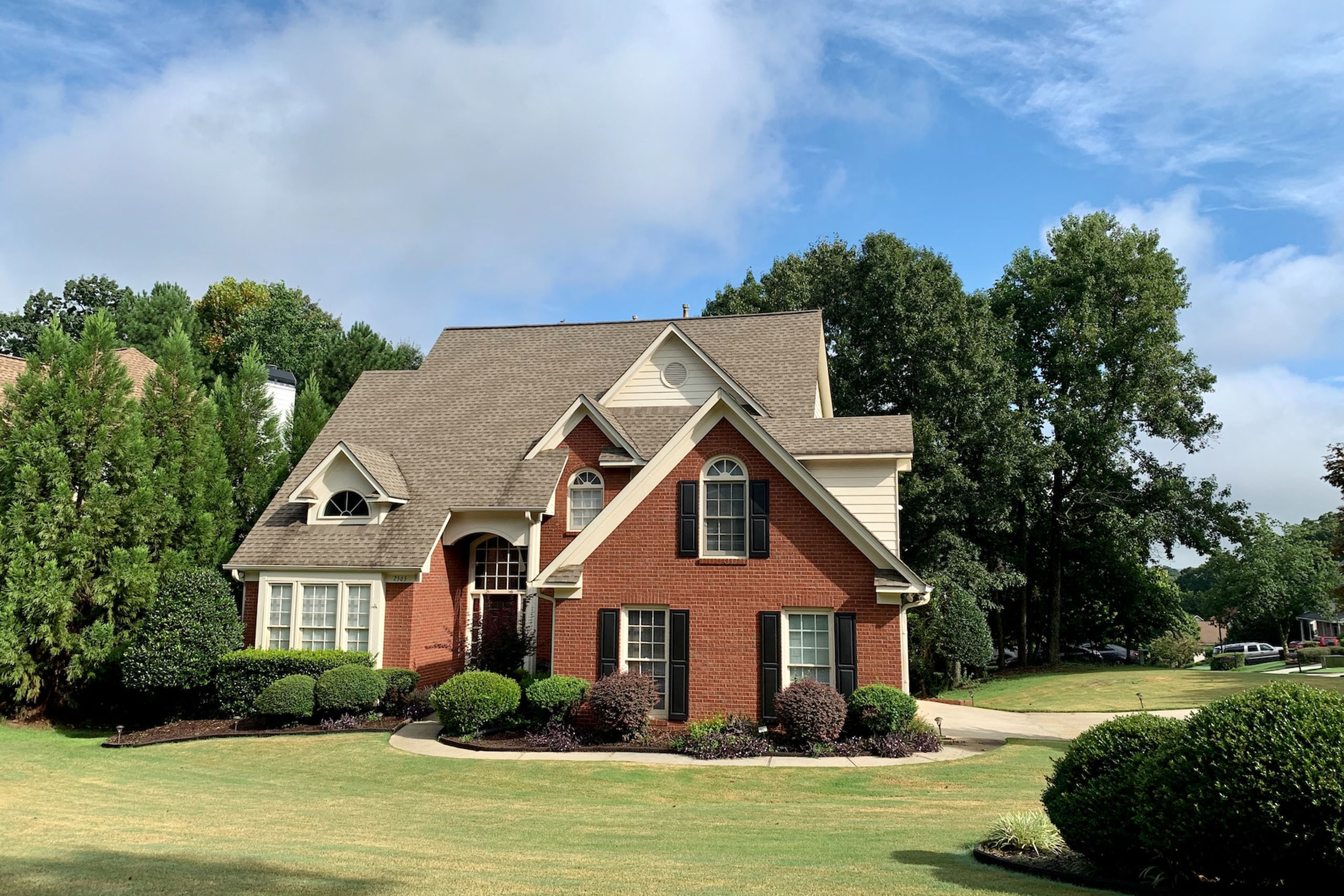Data on Black, Indigenous, and People of Color (BIPOC)-Owned Businesses: What’s Out There and What Can Be Done?
By Nicholas Finio, Li Fang, Caila Prendergast and Gerrit-Jan Knaap
National Center for Smart Growth researchers Nick Finio, Li Fang, Caila Prendergast and Gerrit Knaap recently published a commentary piece in Economic Development Quarterly. The piece, titled “Data on Black, Indigenous, and People of Color (BIPOC)-Owned Businesses: What’s Out There and What Can Be Done?” summarizes the current lay of the land for a critical issue: access to data on BIPOC owned businesses.
While access to data on other urban social issues like foreclosures, demographic change, transportation, and more is becoming easier, Decades into the current, data rich digital era, publicly available data on Black, indigenous, and people of color (BIPOC) owned businesses are still remarkably lacking. A planner or advocate who wants to identify all the BIPOC owned businesses along a certain street, or in a certain neighborhood, has no central and free public resource to go to in order to do so. Identifying these businesses, and learning about their characteristics, would take a time consuming and expensive physical and manual survey, or a challenging dive into multiple data sources that would leave many questions unanswered. The Purple Line Corridor Coalition, for example, suggests many strategies to support BIPOC owned businesses in its business action plan, but the authors of that plan were unable to easily access data on BIPOC business ownership along the 16-mile, 180,000+ resident Corridor.
Why is this a critical issue in urban planning today? Research has shown that 20% or more of businesses are BIPOC owned, a share that is growing as the country becomes more diverse. The COVID-19 pandemic showed that many of these businesses face immense challenges, and forced a disproportionate share of them to close. This exacerbates existing inequality for BIPOC groups, because BIPOC owned businesses are an important source of wealth building and job opportunities for minoritized populations. Without high-quality data on the challenges BIPOC businesses face, or even data on where they are and who owns them, planners and advocates are unable to assist them in reacting to challenges like COVID-19 or planning for a more equitable future.
The picture is not entirely bleak, however. Numerous public data sources are available, including data from government surveys, administrative records, nonprofit business lists, and private industry data aggregation firms. In the article, the authors detail how each of these four potential sources work, and the promises and pitfalls of each. These databases may have some information about some BIPOC businesses, but none are comprehensive. Many of these databases are detailed in the Small Business Anti-Displacement Network’s (a program of NCSG) online data portal, which provides links in an interactive, searchable table. Critical information, like length the business has been operational, the number of employees, tax records, and ownership data may be spread across multiple sources.
Enterprising planners or advocates may be able to follow the example that the authors set in combining several of these datasets to attempt to create a comprehensive database. Such a database uses matching information across datasets – such as business name or address – to link information in one dataset to another. For example, a local nonprofit may have a list of businesses owned by BIPOC people. This dataset could be linked to data from the federal government on which businesses got paycheck protection program loans, and information from a local government property dataset. The end result would enable analysis of the location of minority businesses, whether they are still operational after getting a PPP loan, and more. However, this would require data science and programming skills to manipulate the large datasets involved. As the authors show, even with a hefty amount of data science work, the end product is imperfect.
In their closing arguments, the authors call for better data collection on BIPOC businesses. Much of this data is already collected through public sources, but it is not unified and is hard to access. With better data, BIPOC businesses will be better able to thrive and boost equitable growth for communities across the country.
This article was a collaboration between Nick Finio, URPD and NCSG alum and current affiliate Li (Kerry) Fang, Caila Prendergast (NCSG GA), and Gerrit Knaap.


